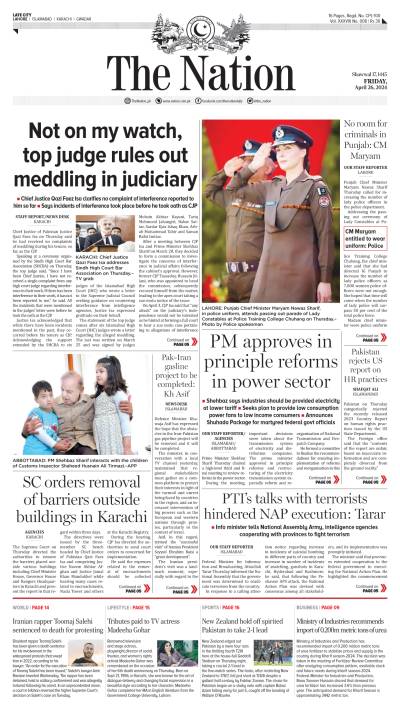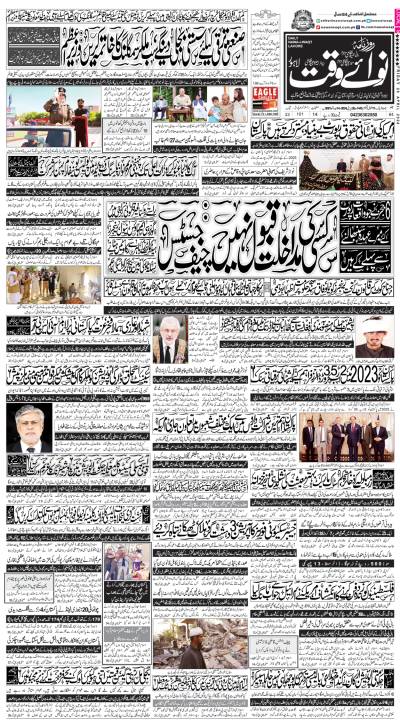September 29 marks the first anniversary of the Surgical Strike, which India carried out, in its imagination, inside Pakistan Occupied Kashmir (PoK) against four terrorist camps. In a celebratory mood, Lt General D.S Hooda (retd) who led the surgical strike had told in an interview, to The Indian Express, on September 20, 2017, that the strike had ‘broken the ceiling’ and now India would hit Pakistan without hesitation in case it indulged in any misadventure. In a typical Indian style, the retired Indian general copied the US generals’ narrative they gave after conducting OBL operation at Abbottabad. Using terms such as Operation Room, clasped hands as they saw their soldiers carry out strikes at ten different points worried about the soldiers’ survival rather than getting the terrorists, as they saw the operation played out live in the operation room. The narrative of the surgical strike could have caught the attention of the Indian populous most of whom are unable to make two meals a day without toiling in an economic environment that cuts a sharp divide between the wealthy and the have-nots. The glitters of Mumbai cinematic life and the high-rise buildings give no cover to the millions of slum dwellers surviving on borrowed dreams of multinational companies, clinging tight to the sprawling Indian market for capital gains. But to the thinking minds, inside and outside India, this narrative carried no weight. ‘
The surgical strike, according to the Indian military and defence team, was a response to the Uri attack on an army camp in Jammu Kashmir that killed 17 Indian soldiers on September 18, 2016. India blamed Pakistan based terrorists for conducting this deadly assault. Though no proof was presented as to how Pakistan was involved in the attack, it did provide India a pitch to concoct the surgical strike story. Again no evidence was provided, even though, as the story went, the top military brass of the Indian military had seen the strike played out live in the so-called Operation Room.
Not only Pakistan rejected India’s claim of getting inside Pakistan’s side of Line of Control, but the Indian political parties also called the strike a farce that the BJP government had created to gain political capital in the upcoming assembly elections in Utter Pradesh and the municipal elections in Mumbai. The Mumbai Congress Leader, Sanjay Nirupam, had termed them as “fake surgical strikes.” The suspicion that the government was using the surgical strike to attract voters arose when posters of the strike appeared across UP. No army anywhere in the world could resort to giving out details of such an important and secretive operation in a chest-thumping style. The electoral campaign also resonated with the military success the BJP was able to grasp against Pakistan. Soon enough, a demand to give evidence of the operation began making round, which was eventually met by showing a shoddily shot video. Engineer Rashid, a member of the Kashmir State Assembly in the Indian Held Kashmir (IoK), rejected the video. He told Indian press that he had seen the Indian army officers shooting a fake operation in the Leepa valley to present it as evidence.
In time the surgical strike claim gathered more rejection from all quarters and the sky fell on the Indian government when the United Nations said that its mission monitoring the cease-fire “has not observed any firing along the LoC.” Again, instead of substantiating its claim with acceptable evidence, the Indian Permanent Representative to the UN Syed Akbaruddin said: “Facts do not change whether somebody observed them or not. The Diplomat, in a piece titled, “Is India Capable of Surgical Strike in Pakistan Controlled Kashmir,” had even gone so far as to question if the Indian army had the capacity to carry out such a sensitive operation inside Pakistan. ISPR, the media wing of Pakistan army, took the Washington Post’s correspondents to Madarpur-Titrinot region of Poonch sector, west of Srinagar, where a Pakistani post was attacked. The residents of the area told the media teams that no incursion to the level of airdropping 38 Indian commandos took place. The real face of this strike was just artillery shelling that, as reported by the ISPR, killed only two Pakistani soldiers. Because Pakistan was not carrying any baggage of false presumptions, it invited an independent inquiry by the UN observers and journalists to ascertain Indian claim.
Since the signing of the ceasefire agreement between the two countries in 2004, Pakistan has never initiated cross-border firing. However, once India opens fire, Pakistan gives a befitting response. Pakistan has never accepted India’s hegemony in the region. India’s perceptual disorder of thinking big emanates from its desire to play the role of a regional policeman whose call should be attended to without hesitation. Unfortunately, neither China nor Pakistan, the other two nuclear powers in the region beside India have given importance to Indian hegemonic tendencies. The recent showdown that India faced at Doklam where the latter had come to protect Bhutan was enough to show India its actual worth in the region. At one point, China even went as far as threatening India to give it the taste of its medicine by waging war.
Whether India accepts or not, the fact remains that Indian army never crossed Pakistan’s territory. And going by the Indian army’s assertion made on multiple occasions, its army cannot face Pakistan’s military’s capabilities. The most the Indians are good at doing is, waging a media war, and playing with the perception of the international community on the back of its ever-growing consumer market.
The writer is a freelance journalist based in Lahore.
durdananajam1@gmail.com





